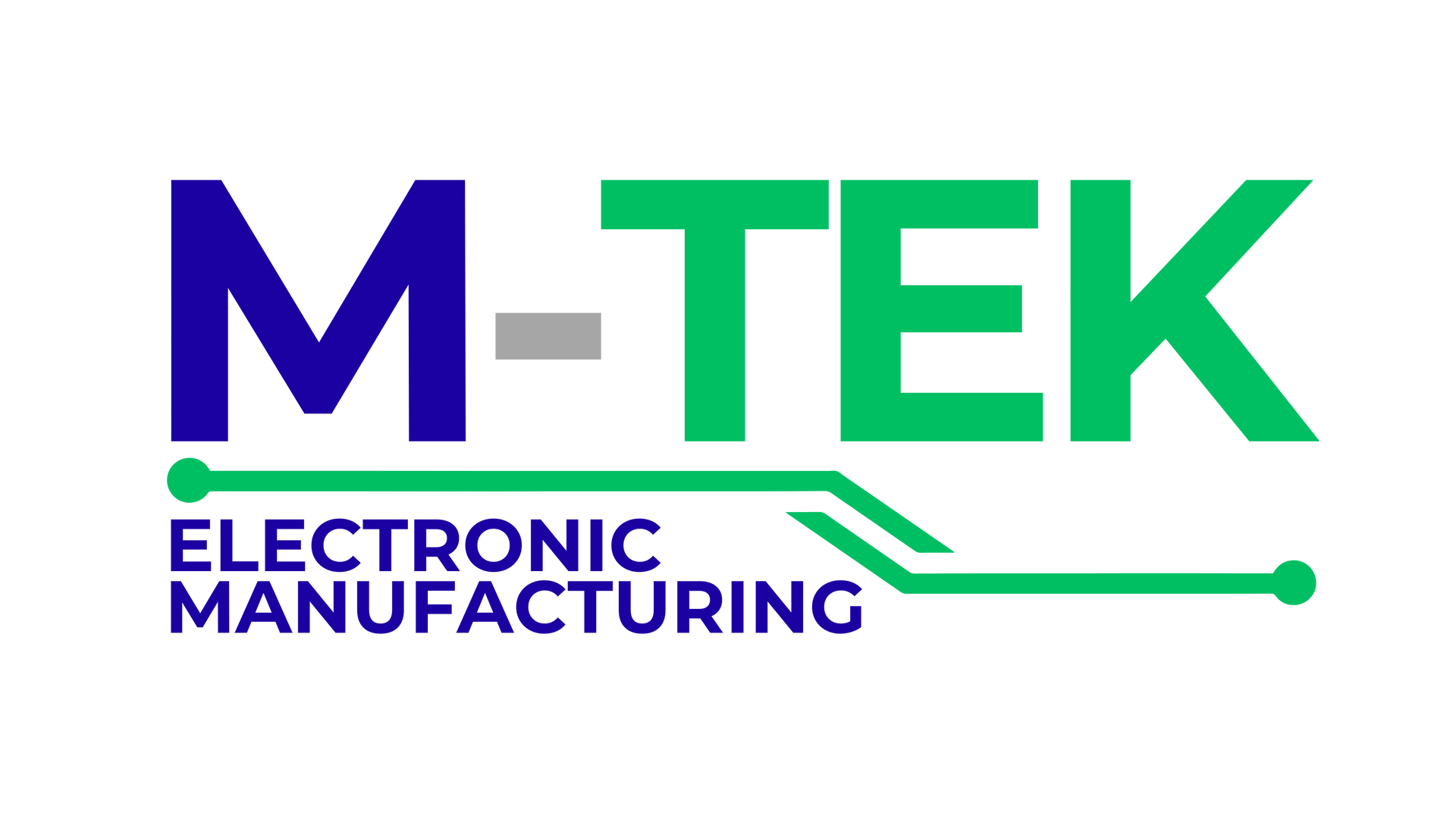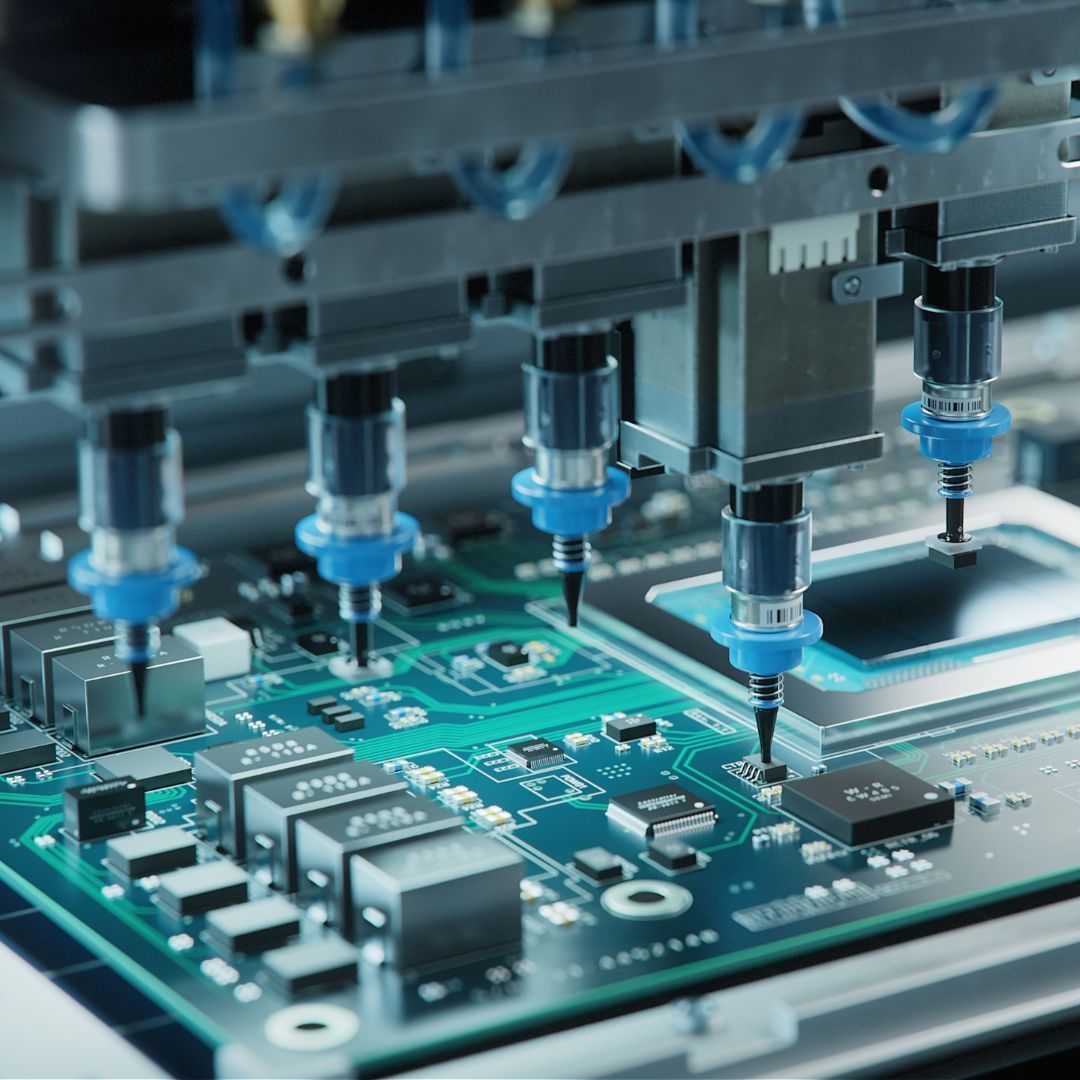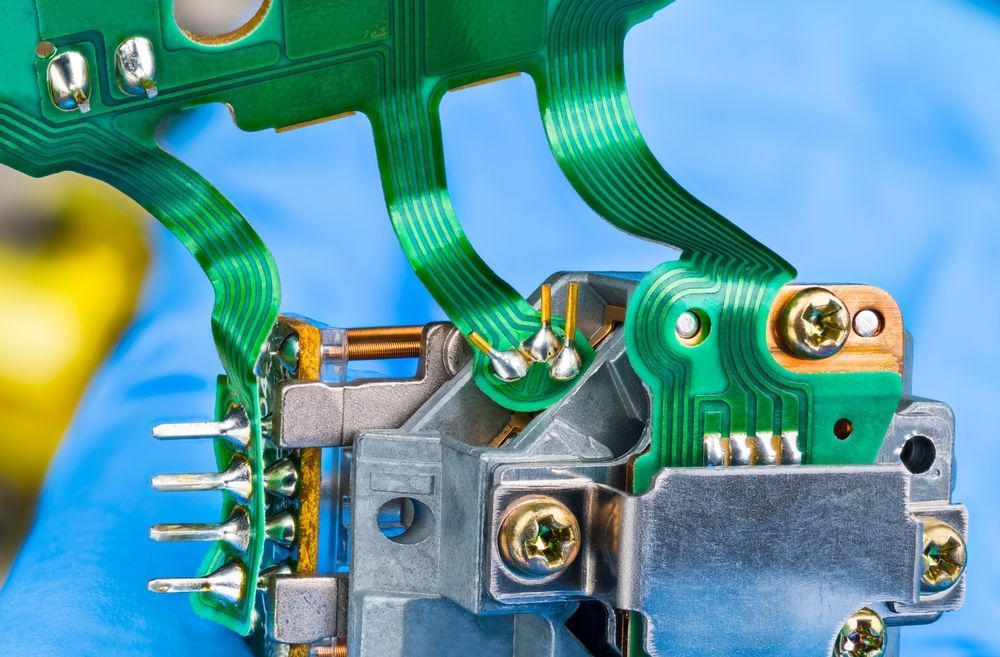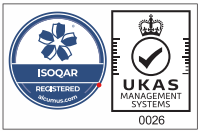What is SMT Assembly:
Surface mount technology (SMT) is an electronic assembly used to mount electronic components to a surface of a printed circuit board (PCB) as opposed to using the through-hole technique usually seen in conventional assembly. SMT assembly was designed to reduce the cost of manufacturing and also used to make PCB more efficient with their space. Thanks to the introduction of SMT it is now possible to build highly complex electronic circuits into smaller assemblies.
The Process of SMT Assembly
During the SMT components design process, there are many different components selected for the design of the PCB, using software packages such as Orcad and Cadstar. It is important to take into account that the process starts at this stage as it is the perfect time to embody as many design features as possible that will make the production process straightforward.
Once the PCB design has been completed, the next phase is to consider specifications required such as PCB surface finish. This is to ensure the format of the PCB created is efficient and suitable for the machines to be used.
Components for PCBs are available packaged in a variety of ways such as trays, tubes and reels. Most are available on reels which are often preferred but sometimes due to minimum order quantities components can be often supplied in tubes. Components supplied in loose bags or packaging should be avoided at all costs, as they can lead to hand placements or the need for special feeding plates.
The Advantages of Surface Mount Technology
Similar to the through-hole process, there are many advantages to using the SMT assembly process. One of the main advantages of SMT assembly is affordability. As mentioned above, SMT assembly is designed to reduce the cost of manufacturing. SMT lowers the cost of processing and handling, thanks to it requiring fewer holes drilled into the circuit board. SMT is also far more capable of mass-producing and allows for a better unit per cost.
Another benefit of the SMT assembly process is that the circuit board space is used more efficiently. Thanks to SMT assembly engineers can now manipulate complex electronics into much smaller assemblies. In addition to this, it is a faster process, allowing manufacturers to increase total output. Also, SMT components assembly relies on machines and not humans. This means they are less prone to human error because it is almost entirely automated.
To learn about the common issues and failures of PCB assembly and how the soldering process can go wrong, read our
previous article.
About M-Tek
By choosing M-Tek for your SMT assembly and PCB assembly, you will also be doing your part to save the planet. We have achieved a net-zero carbon footprint from our use of electric vehicles, and for every circuit board we build, we plant a tree! Get in touch with one of our experts for help with your SMT and PCB assembly today. Call us on 01189 455377, or follow us on
Twitter to stay up to date with our services.





